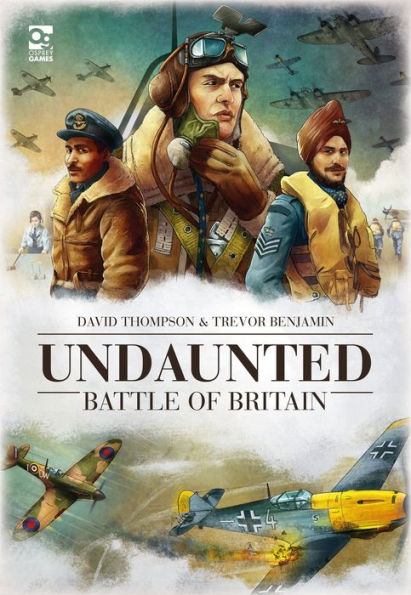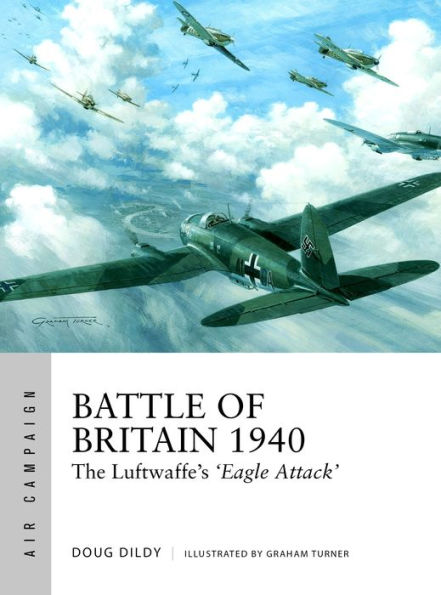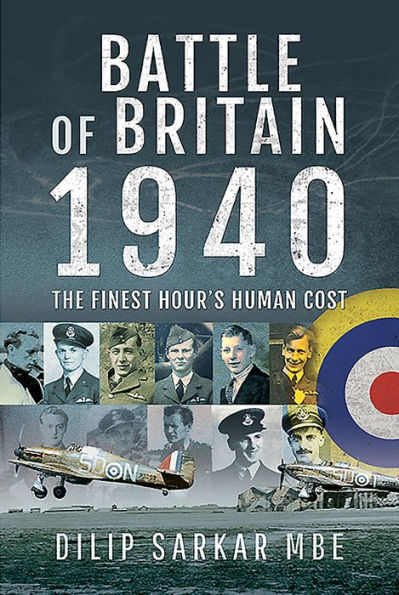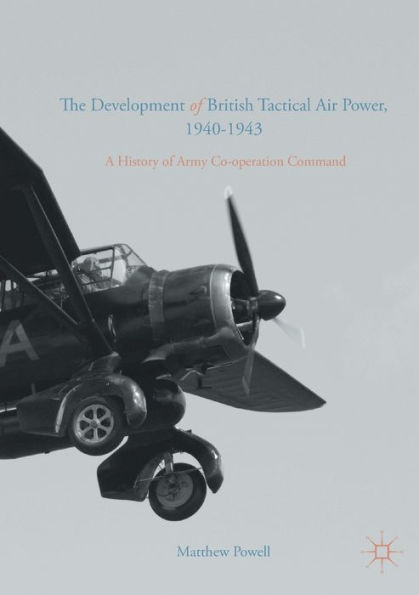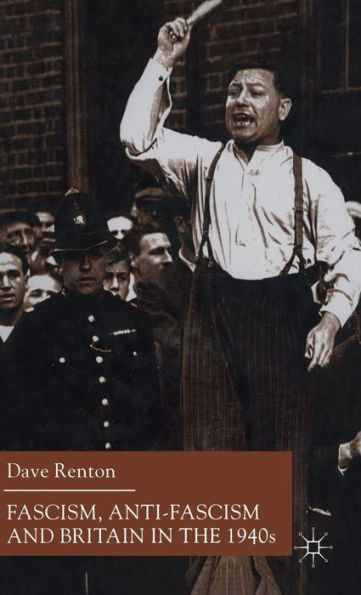Home
Tally-Ho: RAF Tactical Leadership in the Battle of Britain, July 1940
Barnes and Noble
Loading Inventory...
Tally-Ho: RAF Tactical Leadership in the Battle of Britain, July 1940
Current price: $41.99
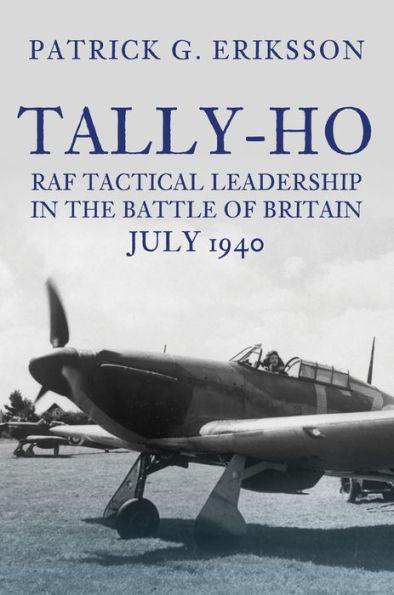
Barnes and Noble
Tally-Ho: RAF Tactical Leadership in the Battle of Britain, July 1940
Current price: $41.99
Loading Inventory...
Size: OS
*Product information may vary - to confirm product availability, pricing, shipping and return information please contact Barnes and Noble
Have the squadron leaders over southern England in that long autumn of 1940, and their supporting flight commanders who led the squadrons into battle, had been neglected in the history books? Patrick Eriksson thinks so.
The tactical abilities of small unit leaders were critical in winning the battle and the many innovations and even experiments which they tried out during the active fighting merit examination.
The pre-war Fighter Area Attacks, much beloved of the Air Ministry, and founded on the notion that incoming German bombers would be unescorted due to the distance from their German home air bases would prove to be almost totally unreliable; nobody then thought France would fall, enabling enemy fighters to be based just across the Channel. Dowding built the defensive system and made it work before the war; he also prevented too many fighters from going to France.
During the battle he played the strategic role, keeping Fighter Command in business while minimizing losses; this was directly related to small British fighter formations, essentially a squadron – any raid would thus be attacked by a number of discrete squadrons – this approach reduced losses and ensured a sequence of attacks. Dowding’s subordinate Group commanders, mainly Keith Park of 11 Group, fought the actual tactical battle, deciding every day how many squadrons would be allocated to every raid.
The squadron leaders needed to know German bomber formation type to choose fighter attack methods; the disposition of German escort fighters; and how to achieve the subtle balance between the aggressiveness needed to break up bomber formations, and allow follow-up destruction of straggling and struggling machines, and the great importance of limiting casualties to their own pilots.
The author shows how this was achieved - or not achieved.
The tactical abilities of small unit leaders were critical in winning the battle and the many innovations and even experiments which they tried out during the active fighting merit examination.
The pre-war Fighter Area Attacks, much beloved of the Air Ministry, and founded on the notion that incoming German bombers would be unescorted due to the distance from their German home air bases would prove to be almost totally unreliable; nobody then thought France would fall, enabling enemy fighters to be based just across the Channel. Dowding built the defensive system and made it work before the war; he also prevented too many fighters from going to France.
During the battle he played the strategic role, keeping Fighter Command in business while minimizing losses; this was directly related to small British fighter formations, essentially a squadron – any raid would thus be attacked by a number of discrete squadrons – this approach reduced losses and ensured a sequence of attacks. Dowding’s subordinate Group commanders, mainly Keith Park of 11 Group, fought the actual tactical battle, deciding every day how many squadrons would be allocated to every raid.
The squadron leaders needed to know German bomber formation type to choose fighter attack methods; the disposition of German escort fighters; and how to achieve the subtle balance between the aggressiveness needed to break up bomber formations, and allow follow-up destruction of straggling and struggling machines, and the great importance of limiting casualties to their own pilots.
The author shows how this was achieved - or not achieved.
Have the squadron leaders over southern England in that long autumn of 1940, and their supporting flight commanders who led the squadrons into battle, had been neglected in the history books? Patrick Eriksson thinks so.
The tactical abilities of small unit leaders were critical in winning the battle and the many innovations and even experiments which they tried out during the active fighting merit examination.
The pre-war Fighter Area Attacks, much beloved of the Air Ministry, and founded on the notion that incoming German bombers would be unescorted due to the distance from their German home air bases would prove to be almost totally unreliable; nobody then thought France would fall, enabling enemy fighters to be based just across the Channel. Dowding built the defensive system and made it work before the war; he also prevented too many fighters from going to France.
During the battle he played the strategic role, keeping Fighter Command in business while minimizing losses; this was directly related to small British fighter formations, essentially a squadron – any raid would thus be attacked by a number of discrete squadrons – this approach reduced losses and ensured a sequence of attacks. Dowding’s subordinate Group commanders, mainly Keith Park of 11 Group, fought the actual tactical battle, deciding every day how many squadrons would be allocated to every raid.
The squadron leaders needed to know German bomber formation type to choose fighter attack methods; the disposition of German escort fighters; and how to achieve the subtle balance between the aggressiveness needed to break up bomber formations, and allow follow-up destruction of straggling and struggling machines, and the great importance of limiting casualties to their own pilots.
The author shows how this was achieved - or not achieved.
The tactical abilities of small unit leaders were critical in winning the battle and the many innovations and even experiments which they tried out during the active fighting merit examination.
The pre-war Fighter Area Attacks, much beloved of the Air Ministry, and founded on the notion that incoming German bombers would be unescorted due to the distance from their German home air bases would prove to be almost totally unreliable; nobody then thought France would fall, enabling enemy fighters to be based just across the Channel. Dowding built the defensive system and made it work before the war; he also prevented too many fighters from going to France.
During the battle he played the strategic role, keeping Fighter Command in business while minimizing losses; this was directly related to small British fighter formations, essentially a squadron – any raid would thus be attacked by a number of discrete squadrons – this approach reduced losses and ensured a sequence of attacks. Dowding’s subordinate Group commanders, mainly Keith Park of 11 Group, fought the actual tactical battle, deciding every day how many squadrons would be allocated to every raid.
The squadron leaders needed to know German bomber formation type to choose fighter attack methods; the disposition of German escort fighters; and how to achieve the subtle balance between the aggressiveness needed to break up bomber formations, and allow follow-up destruction of straggling and struggling machines, and the great importance of limiting casualties to their own pilots.
The author shows how this was achieved - or not achieved.
